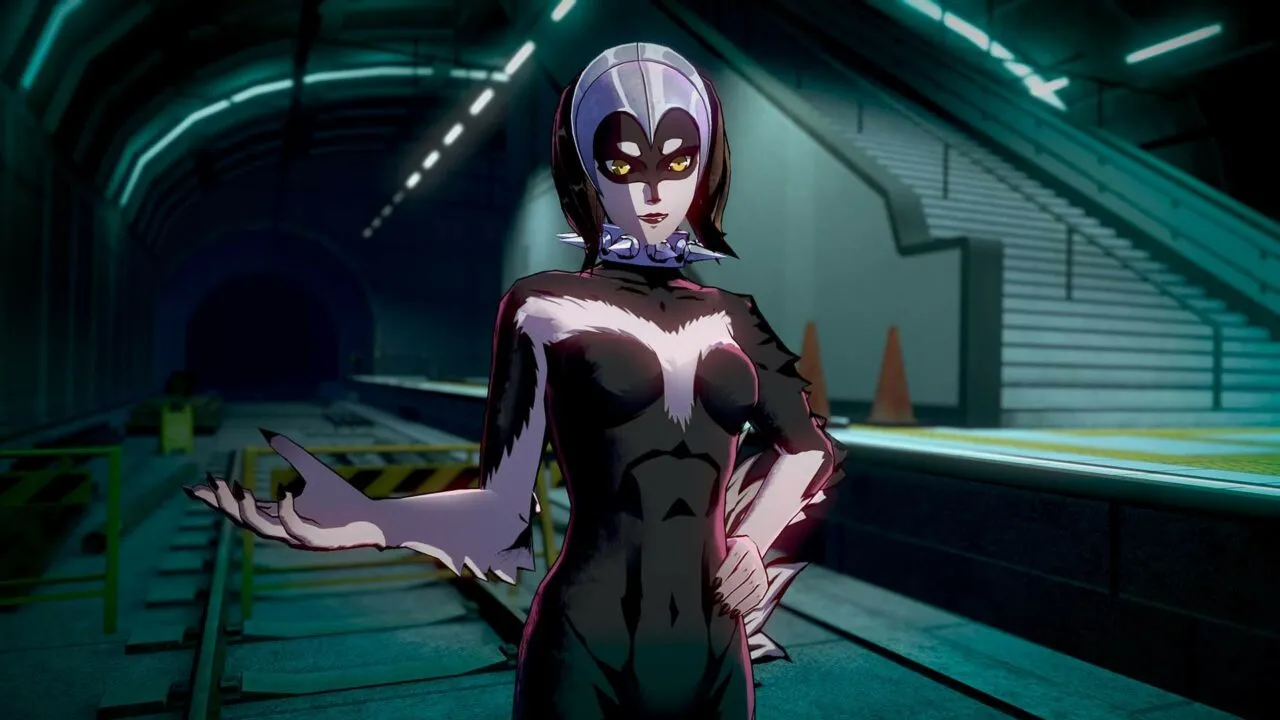
Soul Hackers 2: A Stunning Visual Experience Let Down by Shallow Gameplay
Soul Hackers 2 arrives amidst a resurgence of classic JRPGs, particularly within the Shin Megami Tensei universe. From the divisive yet intriguing Monark to the triumphant return of Shin Megami Tensei III Nocturne and the highly anticipated Shin Megami Tensei V, fans have been spoiled for choice. This sequel to the cult classic Soul Hackers, dormant for over two decades, promised a captivating new entry. Does it live up to the hype?
 Soul Hackers 2
Soul Hackers 2
Shin Megami Tensei fans eagerly anticipated Soul Hackers 2, hoping it would carry the torch from Shin Megami Tensei V and deliver a compelling experience. Initial impressions hinted at improvements in both graphics and gameplay, further fueling excitement. Unfortunately, while visually captivating, Soul Hackers 2 falls short in nearly every other aspect, representing a significant step back for the franchise and the JRPG genre as a whole.
A Cyberpunk Tokyo with Devilish Flair
 Soul Hackers 2
Soul Hackers 2
Trading the gothic artistry of Masayuki Doi and Kazuma Kaneko for the vibrant, high-contrast aesthetic of Shirow Miwa, Soul Hackers 2 establishes a distinct visual identity. Miwa, known for his work on Dogs and RWBY, infuses the game with bold character designs and striking color palettes. From the naive Arrow and the edgy Milady to the confident Ringo and the gentle Figue, each character exudes personality through their distinctive appearance. The use of vibrant hues like red, neon blue, and hot pink, even against darker tones, creates a visually arresting cast.
This artistic prowess extends to the environment, presenting a mesmerizing cyberpunk rendition of Tokyo. ATLUS masterfully crafts a condensed, intricate, and modern city teeming with demons and shadowy factions vying for power. The game’s cyberpunk aesthetic blends seamlessly with its supernatural elements, creating a unique and compelling atmosphere.
 Soul Hackers 2
Soul Hackers 2
A Narrative Void and Shallow Gameplay
 Soul Hackers 2
Soul Hackers 2
Despite its visual strengths, Soul Hackers 2‘s narrative is disappointingly forgettable. Within the first two hours, the central plot points are clumsily revealed, lacking the subtle storytelling characteristic of other Megami Tensei titles. The predictable apocalyptic storyline, coupled with bland characters and shallow side content, fails to engage the player.
 Soul Hackers 2
Soul Hackers 2
While the combat system introduces some intriguing mechanics, such as status ailments dealing damage and a revamped “extra turn” system based on exploiting enemy weaknesses, these ultimately oversimplify the experience. The overpowered nature of exploiting weaknesses makes many encounters trivial, and the fixed party composition, reminiscent of Persona, limits strategic depth.
Dungeons are equally uninspired, consisting primarily of long, empty corridors with little to no engaging gameplay mechanics. Unlike the intricate palaces of Persona 5 or the dynamic open world of Shin Megami Tensei V, Soul Hackers 2‘s environments offer minimal exploration or puzzle-solving. Occasional additions like elevators and portals fail to add any meaningful depth.
 Soul Hackers 2
Soul Hackers 2
The demon recruitment system, a staple of the series, has been replaced with an automated and tedious mechanic, further diminishing player agency. Coupled with an aggressive DLC strategy that charges exorbitant prices for additional content, Soul Hackers 2 feels like a missed opportunity.
 Soul Hackers 2
Soul Hackers 2
Conclusion
Soul Hackers 2 shines visually, offering a distinct and captivating cyberpunk aesthetic. However, its shallow gameplay, predictable narrative, and lackluster exploration ultimately disappoint. While offering a glimpse of potential, it falls short of the high bar set by recent Megami Tensei titles and fails to justify its premium price point.





Comments (0)